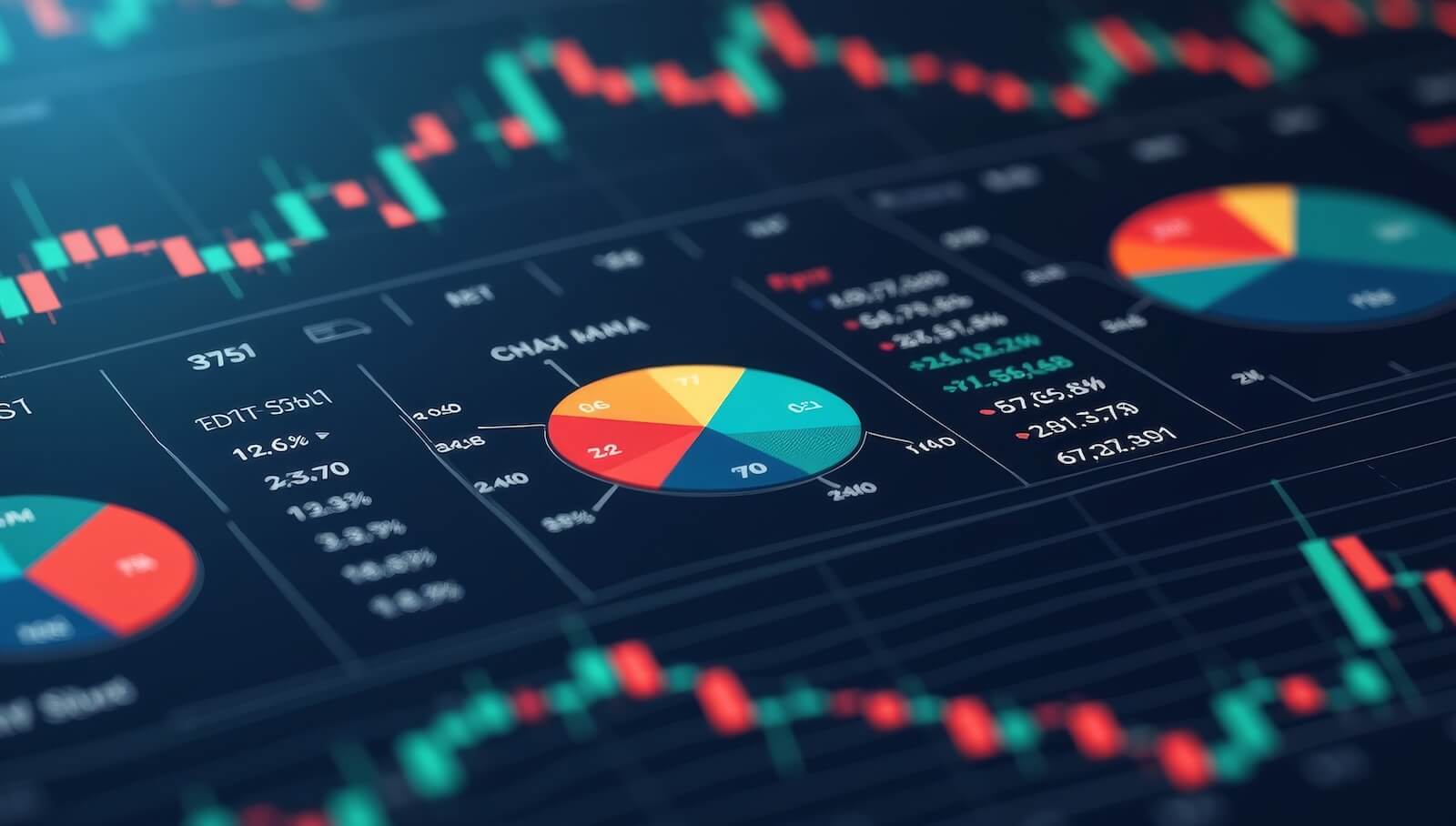Wider Implications For A Sick Looking Dr. Copper?
- Copper signals a primary bear market
- Copper’s influence on commodities in general
- Copper and bond yields
It’s often said that Copper has a PHD in economics because it is used widely in many economic sectors. As a result, long-term reversals in its price trend often foreshadow general swings in the economy. Even though the use of Copper in many industries is no longer as great as it used to be, swings in its price still seem to have an effect on other markets. Recent signs of a primary trend reversal to the downside could therefore have some important implications, not just for Copper itself but in a broader sense.
One reason why I am expecting the price to drop, lies in the fact that very little publicity has been given to the recent 11% decline. That says to me that there is little concern amongst the bulls, a view that is backed up by the latest commitment of traders report, as it shows that commercial hedgers, are still carrying a moderately high level of net shorts. Commercial hedgers are a group that is usually correct at turning points. In addition, the sentiment indicators I follow have only fallen to neutral readings and are not signaling the kind of pessimism normally seen at an important low.
Copper signals a primary bear market
Chart 1, reproduced from this month’s Market Roundup, indicated an initial dissipation of upward momentum as the price penetrated its red dashed bull market trend line at the turn of the year. Now it has completed a 1-year top and crossed slightly below its 200-day MA. Arguably the most negative feature of the chart, is the false upward breakout that developed when the price failed to hold above that green down trend line. This whipsaw was confirmed when the price broke below the solid red trend line marking the lower area of the top. False moves of this nature are often followed by above average price swings in the opposite direction to the whipsaw. AKA, the recent drop is likely to extend. Adding to this probability, was the inability of the KST to rally much above zero at a time when the price had pulled back to its bull market high. This lack of upside momentum is another sign of a very weak technical structure. There are no guarantees in technical analysis, but this whipsaw/low momentum combination certainly raises the probabilities of worse to come.

Chart 1
This weakness is not confined to Copper alone. Chart 2 tells us that the Invesco DB Base Metal Fund (DBB) has also completed a top. Note how the late April false breakout has already caused severe damage for the price. Base metals are clearly oversold, as we can see from the 14-day RSI, so some form of near-term bounce would not be at all surprising.

Chart 2
However, Chart 3 leaves us in little doubt as to the direction of the Copper price from a long-term perspective. In June it dropped below its 12-month MA and the KST crossed slightly below its 9-month MA, thereby signalling a primary bear market. The red arrows point up previous KST peaks. With the exception of the 2004 failed signal, the previous eight momentum tops were all associated with a primary bear market in the Copper price. One other thing to note, is that the 2007 signal was unduly early.

Chart 3
Copper’s influence on commodities in general
It’s not so much that Copper influences other markets. It’s more that the economic conditions reflected in the Copper price gives us an indication of how other markets might behave. It’s that economics PHD again! For example, Chart 4 compares the KST for Copper with that for the CRB Composite. The red arrows point up periods when both the copper and CRB KSTs peak out. Sometimes it is copper that tops out first, but at others it’s the CRB. The only exceptions to this rule developed in 2004 and 2008, when the CRB continued higher. You may say, yes we get that connection because Copper is included in the CRB Composite. That’s certainly true, but its weighting is only 6%, meaning that it’s the conditions that copper reflects that’s more important in influencing the CRB than the price itself. At the end of June, the Copper KST was in the process of peaking, but the CRB momentum was still rising. Working on the assumption that the Copper signal is valid, the historic relationship between the two KSTs suggests that commodity prices in general are probably in the process of topping for the cycle.

Chart 4
Copper and bond yields
Arguably the greatest influence on bond yields, is swings in commodity prices. That’s because they reflect an early bird signal of a forthcoming inflationary or deflationary trend. Swings in the Copper price have a similar influence. Chart 5 compares the 30-year yield to the long-term KST for our friend Dr. Copper. The red arrows flag peaks in the KST. Apart from one notoriously poor signal indicated by the dashed arrow in 1983, pretty-well every other one, in one form or another, signalled a decline in yields. Some could say that the bulk of these signals developed under the context of the 1981-20?? secular bear market, so it would be pretty easy to get valid sell signals since they would be operating in the same direction as the trend. There are two arguments against this. First, the 1974-81 period, when the secular trend was up, experienced two sell signals, both of which worked. Second, Chart 6 shows that (contra-trend) upside reversals in the copper KST during the secular bear market, mostly worked. Failures have been flagged with the dashed arrows. Using this relationship between reversals in long-term copper momentum and interest rates, we can conclude that the recent copper KST peak indicates lower yields for long-dated treasuries.

Chart 5

Chart 6
Happy July 4!
Good luck and good charting,
Martin J. Pring
The views expressed in this article are those of the author and do not necessarily reflect the position or opinion of Pring Turner Capital Group of Walnut Creek or its affiliates.











